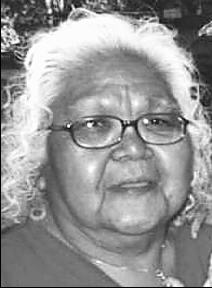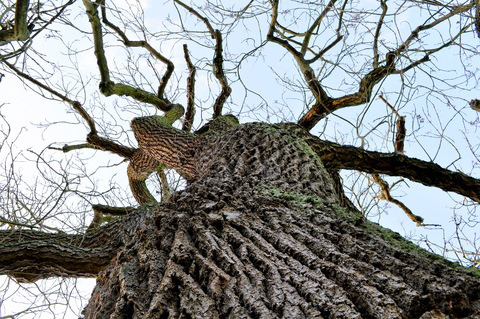Julie Muhlstein, The Herald
Helping with life’s basic necessities — food, shelter and medical care — is the main mission, but Project Homeless Connect offers so much more.
It brings together services and people who need them. The annual event will be held from 9 a.m. to 3 p.m. June 27 at Cascade High School. For the fourth year at the Everett school, there will be free hot meals, on-the-spot health services, and information about housing and jobs, veterans programs, federal benefits and more.
It’s not all about bare necessities.
For people whose lives are daily struggles, helpers are there to answer intangible needs. By providing things most of us take for granted, volunteers pass along hope and the recognition of dignity in all people.
Suzanne Pate, a spokeswoman for the Snohomish Health District, said 1,000 pairs of shoes have been donated by Redeeming Soles, a Seattle-based nonprofit group. That’s a first for Project Homeless Connect.
Thirty hairstylists will be there, Pate said. Pet care will be available. And a photographer who volunteered last year will again take free family portraits.
“Pictures are so important to me. I take a million pictures of my kids,” said Christy Neigel, of Sultan, who plans to volunteer all day at the event. She will bring her Nikon D3200 camera and a photo printer, and will laminate pictures to make them portable and waterproof.
“It brings me a lot of joy to bring this kind of joy to others,” Neigel said.
Last year, more than 1,100 hot meals were served at Project Homeless Connect, and 670 backpacks and bags with toiletries given out. More backpacks are needed this year. Organizers expect more than 1,200 people, homeless or at risk of becoming homeless, to come to the event. At least 70 agencies and groups will offer help. Eyeglasses and hearing screening, job and education information, substance abuse and mental health services, the list of resources is long.
Held annually since 2008 and at Cascade since 2010, Project Homeless Connect is a collaboration between Snohomish County, the city of Everett and many service organizations. United Way of Snohomish County is the lead agency this year.
Neil Parekh, a spokesman for the local United Way, said the agency’s own United Way employee campaign raised money to bring two dental care vans to Project Homeless Connect this year. Dr. Steven Wolff, branch director of the dental clinic at Naval Station Everett, will be among service providers, Pate said.
Dental professionals will treat emergencies on the day of Project Homeless Connect. For the first time, Parekh said, a dental van will be back at Cascade the following day to treat people who have made appointments the day before, essentially doubling the dental care available in past years. Two denturists also will volunteer this year, another first, Pate said.
The health district will offer HIV and hepatitis tests, and free shots to prevent whooping cough.
Neigel learned about Project Homeless Connect from her husband, Joseph, who works for Snohomish County. She’s not a professional photographer, but hopes to do more charity work with the effort she calls Family Focus Portraits.
She remembers last year taking pictures of individuals, of children whose families couldn’t afford school pictures, and of one large family with three generations.
Neigel had a problem with a computer program at last year’s event, and her husband stopped by to help. “He only helped out a few minutes,” Neigel said.
Not long ago, she said, he was at a bus stop. Someone recognized him from their photo station, thanked him for a picture, and asked if they would be back at Project Homeless Connect this year.
“It makes me feel I’m doing something worthwhile,” Neigel said. “It’s an amazing event.”
Project Homeless
Connect needs items
Project Homeless Connect is scheduled for 9 a.m.-3 p.m. June 27 at Cascade High School, 801 E. Casino Road, Everett. Backpacks and toiletry items are needed. Donations may be dropped off during business hours by June 21 at:
YWCA Pathways for Women, 6027 208th St. SW, Lynnwood; and the Everett YWCA Regional Center, 3301 Broadway, Everett.
To donate money, mail checks made out to Everett Gospel Mission c/o Project Homeless Connect, to P.O. Box 423, Everett, WA 98206-0423.













